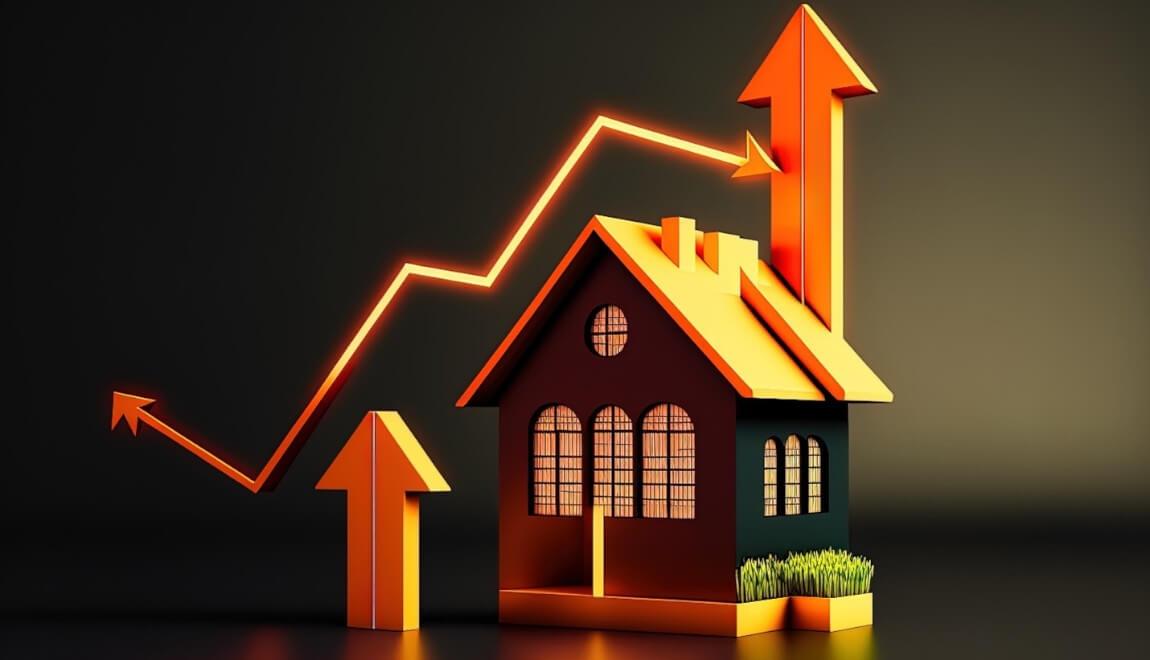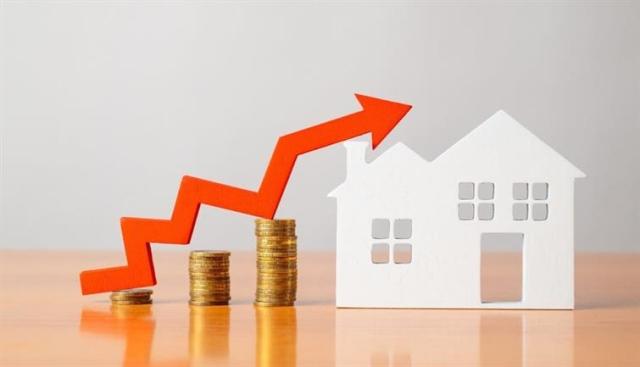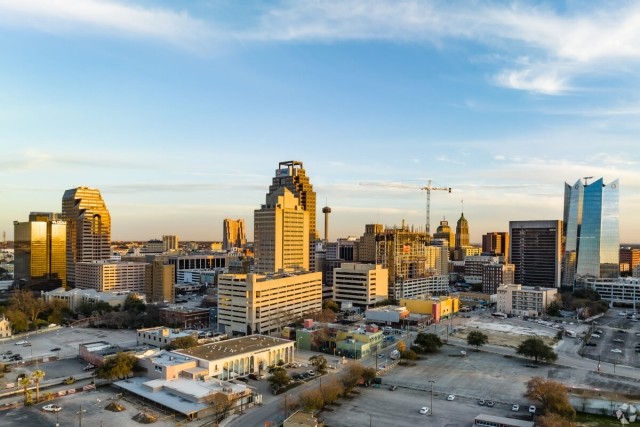Rent prices are steadily on the rise in 2023, with the average cost of rent for a one-bedroom apartment around $1,400 per month. In this article, we explore some of the factors impacting rent prices and what renters can expect this year.
Will rent increase in 2023?
If you’re a renter, you’re probably wondering if rent prices will go up or down in 2023, and if so, what is causing rent prices to change so drastically? Perhaps your building has already informed you whether rent is going up this year. If your rent is going up, your next question is probably by how much and what has caused this rent spike? Below you will find more information in regard to what is driving rent prices this year and why your rent is so high.
After the pandemic, rent prices increased across the country, which led to higher rates than pre-pandemic levels. As 2023 continues, rent is still expected to rise, but at a slower pace. Many landlords and property managers who are recovering from financial losses they experienced during the pandemic are choosing to raise the price of rent in 2023 so they can recover. It is also expected that over the next five years we'll see rent prices gradually fall, but for now, higher interest rates and mortgage rates with continued migration to big cities will cause rental housing prices to continue to climb.

In a recent report from the National Association of Realtors, NAR said that renter demand is at an all-time high, which is also causing rent prices to rise due to lack of inventory and such a high demand rate. Nationwide, the median rent is expected to increase by 6%.
Migration Impacts Rent Prices
Renters looking to save money might try moving outside of the city to find a less expensive place to rent in the suburbs. These high levels of migration contribute to higher demand for rental properties and an increase in rent prices. In Florida, rent and home prices have been soaring due to these high levels of migration since the pandemic. According to Richard Lawson from CoStar News, “Florida’s population rose 1.9% between 2021 and 2022, topping all states for the first time since 1957, according to a report from the National Association of Realtors citing U.S. Census data.” This population growth has led to an increase in demand for homes to buy and apartments to rent in Florida, which has led to an overall increase in rent and the price of homes.
Lawson also reported that, “about half of U.S. states had more people moving in than out last year as the other half lost residents, according to the report. California had the biggest drop in net domestic out-migration, with 343,230 people leaving, followed by New York’s 299,557. Still, California remains the most populous state, with nearly 39 million residents statewide.” Even though these other U.S states aren’t seeing high migration like Florida, they are still experiencing high rental demand with low inventory which is contributing to high rent prices. But as Lawson states, “migration patterns show people have followed jobs or sought affordability compared to big Northeast and Midwest cities as well as California cities such as Los Angeles and San Francisco.” This means that more and more people are choosing to move outside of cities to help themselves find a more affordable place to live.
How Inflation Impacts Rent
Inflation is also having an impact on rent prices, but high inflation is starting to ease slightly.
According to the US Bureau of Labor Statistics, the Consumer Price Index (CPI) rose 6.4 percent over the last year, while food and energy costs increased 5.6 percent during the same time period. Shelter costs increased 7.9 percent over the last year, the largest yearly increase since June 1982.
Even though inflation is starting to ease, experts still predict that high inflation rates will continue to dominate in 2023. A recent report showed higher than expected prices, which caused stock markets to drop due to fears those numbers might cause the fed to keep pressure on interest rates. With inflation being so high, analysts and experts expect rent prices to continue to rise.
As the price of rent goes up in 2023, so is the price of housing. According to CoStar Data, the national median single-family home price rose 4% year over year to $378,700. Out of 186 metro regions, almost all (166) registered some type of increase. The median monthly mortgage payment on a typical existing single-family home with a 20% down payment increased 58% to $1,969.
Since home prices are also increasing, many families cannot afford to buy a home and therefore must rent instead, causing high rental demand and low inventory, which contributes to an overall increase in rental prices across the country. While some buyer relief is on the horizon as mortgage rates decline and price appreciation slows, lending rates will remain high. This will make it more difficult for those who want to buy a home to be able to afford it.
As rent prices are expected to rise a bit more in 2023, an increased number of renters may turn to rental assistance programs as affordable rentals become more difficult to find. But toward the end of the year, renters and home buyers may experience some relief as prices and inflation begin to level off.






